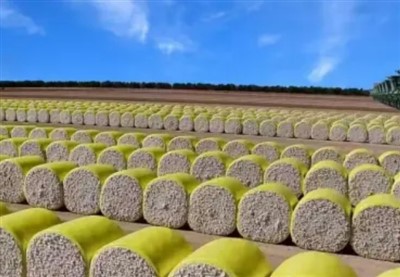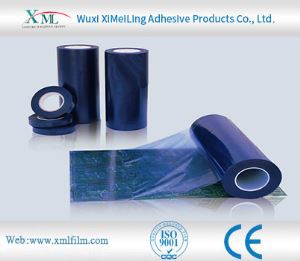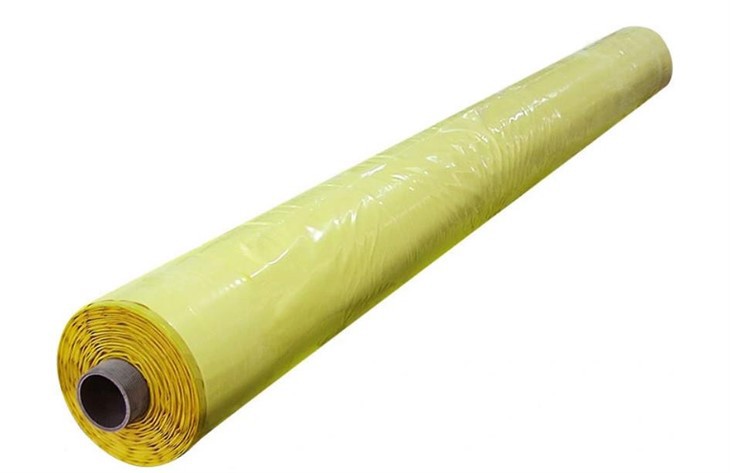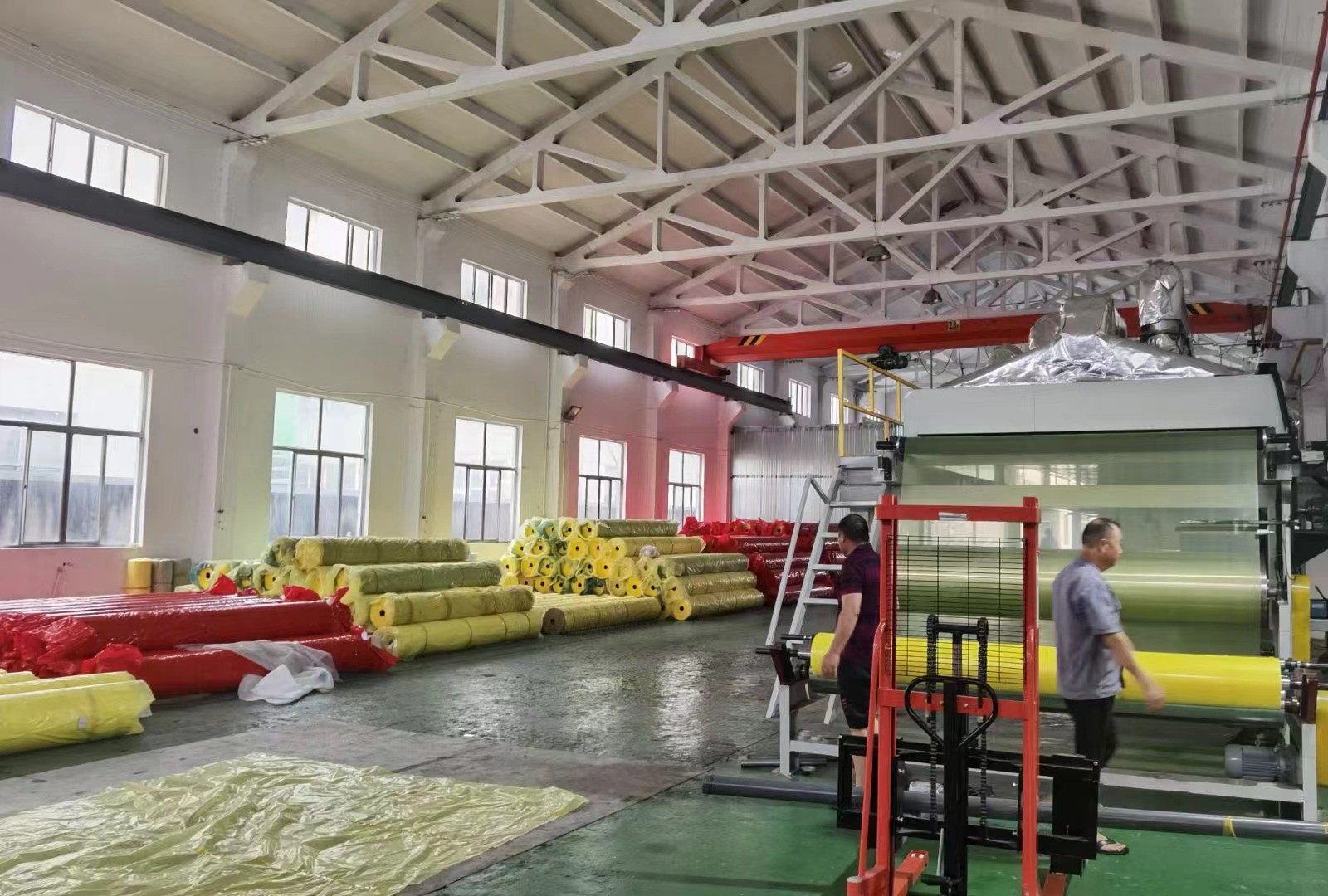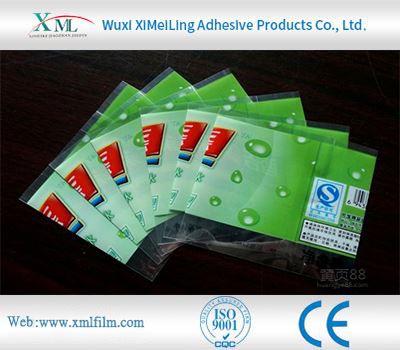The recycling difficulty of cotton packaging film depends on multiple factors, including its material composition, contamination level, and regional recycling infrastructure. Here’s a detailed analysis:
Cotton packaging film is often made from natural cotton fibers or blended with synthetic polymers (e.g., polyester, polypropylene) to enhance durability. If it is 100% natural cotton, it is biodegradable and can theoretically be composted or recycled through organic waste streams. However, most commercial "cotton films" are composite materials containing synthetic additives, which complicate recycling. These hybrids may require specialized sorting and processing, as traditional plastic recycling facilities may not handle natural fiber blends efficiently.
In practical use, cotton packaging film is often contaminated with food residues, oils, or adhesives (e.g., labels, tapes). Contamination significantly reduces recyclability, as even small amounts of impurities can degrade the quality of recycled materials or clog processing equipment. For example, food-contact cotton films may need thorough cleaning before recycling, which increases costs and technical hurdles.
-
Limited Infrastructure: Many regions lack dedicated recycling systems for natural fiber-based packaging. Traditional recycling networks are optimized for plastics (e.g., PET, HDPE), not cotton or fiber blends.
-
Mechanical vs. Chemical Recycling:
-
Mechanical recycling (shredding, melting) is less suitable for cotton-based films due to fiber damage during processing, leading to lower-quality recycled products.
-
Chemical recycling (dissolving fibers to extract pure materials) is more promising but requires advanced facilities and higher investment. Few plants currently offer this service at scale.
Consumers may misclassify cotton packaging film as plastic or paper, leading to incorrect disposal. Inadequate sorting at collection points (e.g., mixed waste streams) further reduces the chances of effective recycling. Clear labeling and consumer education on proper disposal are critical but often lacking.
While recycling challenges exist, cotton packaging film may offer environmental benefits over conventional plastics. For instance, fully biodegradable cotton films (without synthetic additives) can reduce plastic waste in landfills, even if recycling rates are low. However, this assumes proper composting infrastructure is available.
